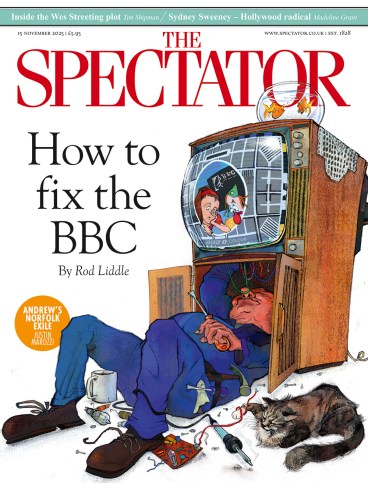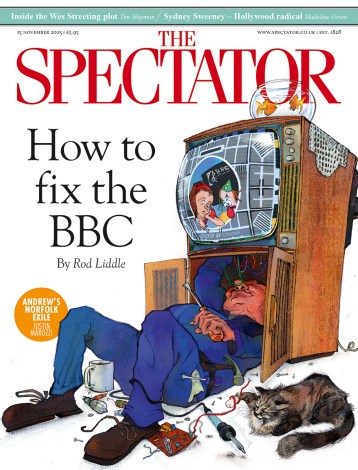
A few years ago, I watched an Irish-made drama on Netflix called Rebellion. Given that it was about the 1916 Easter Rising, I expected it to be somewhat anti-British but was pleasantly surprised. I knew the basics of what happened, but the series made me question why I knew so little about Irish history and politics more generally. I could name each taoiseach (prime minister) going back to Jack Lynch but, apart from Eamon de Valera, none before him. So I began to read voraciously about our nearest neighbour. Having edited books about British prime ministers and American presidents, I decided that one of the (now) 16 men who have held the office of taoiseach since 1922 might make an interesting project. I then came up against a whole gaggle of Irish publishers, none of whom was remotely interested in publishing the book. Woz it coz I is British, I wondered. No, they said, the Irish have little interest in political biography. I wasn’t beaten that easily, so I started a podcast series covering them all, from W.T. Cosgraveto Micheal Martin. It was a success and, on the back of it, British indie publisher Swift Press took me on. And so I spent five days in Dublin last week launching the book.
Dublin is a city that impresses, both as a bustling, cosmopolitan capital and one that is proud of its history. Modernist architecture stands comfortably alongside the remnants of British rule. I first came here in 1994 to see the Eurovision Song Contest at the Point Theatre, and was among the first to witness a performance of Riverdance, which did so much to inspire an international revival of interest in Irish culture. It wasn’t just the Celtic Tiger that took Ireland into a new century. Dublin has changed hugely in the intervening three decades. It’s certainly a lot less drab, and as you walk around the streets, there’s an almost palpable sense of contentment and happiness. You can genuinely see it on people’s faces.
Doing a round of media interviews to promote the book turned out to be much more enjoyable than I had feared. All it needed was for some smart-arse journalist to ask me ‘So what did you think of Sean Lemass’s decision in 1965 to…?’ and my ignorance would be exposed for all to see. Although I’m the book’s editor, and was responsible for choosing the 16 contributors, I didn’t write it. In the event, the interviewers were all very kind. I did relish the fact, though, that three of them didn’t appear to know that the plural of taoiseach is taoisigh (pronounced ‘tee-shig’). I couldn’t hide my satisfaction at correcting them. Obviously they were delighted at being put right by a Brit.
I attended Tuesday’s Leader’s Questions in the Dail just to see how it compares with our own PMQs. I’d met the Taoiseach, Micheal Martin, a few minutes earlier on the stairs and had a very pleasant chat about the fact he was about to head off to the airport to fly to Brazil for Cop30. So in his absence it was Sinn Fein leader Mary Lou McDonald vs 35-year-old Fianna Fáil deputy leader Jack Chambers – a sort of quietly spoken version of Darren Jones without the humour. McDonald went on the attack on energy costs and rising prices. It suddenly struck me that, having endured a difficult couple of years and murmurings of dissent within Sinn Féin about her leadership, she now sees a path to becoming taoiseach at the next election. She’ll hate this bit of advice, but she needs to become the Irish equivalent of Nigel Farage and be much more populist, harnessing voters’ growing anti-politics sentiment and being even more outspoken on immigration. Her strongest asset is that she faces an increasingly disillusioned electorate, which sees the two old parties as almost identical and devoid of new ideas. They are frustrated by a government that has contracted out political responsibilities to NGOs and agencies, together with a bureaucratic system that acts as a bar to growth and the building of new homes. Remind you of anywhere?
When I was in Dublin in March last year, performing a live podcast with Jacqui Smith at the Laughter Lounge, we ate at one of the best restaurants I’ve ever been to. It is called 1900 and stands on the site of the 1900 Harcourt Street train crash. The food, the service and atmosphere were outstanding, so I decided to make a return visit. I walked through the door and the maître d’ not only remembered me from 18 months previously, he recalled our conversation. Astonishing. If you happen to be in Dublin, I highly recommend you try it out.
The Taoiseach, edited by Iain Dale, is out now.








Comments